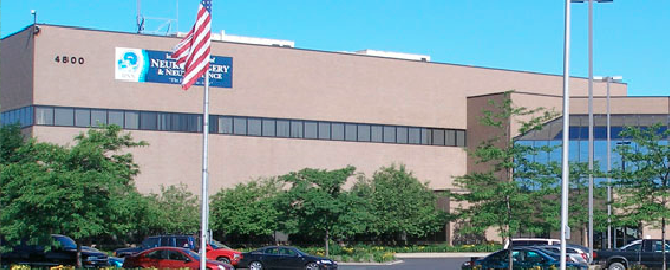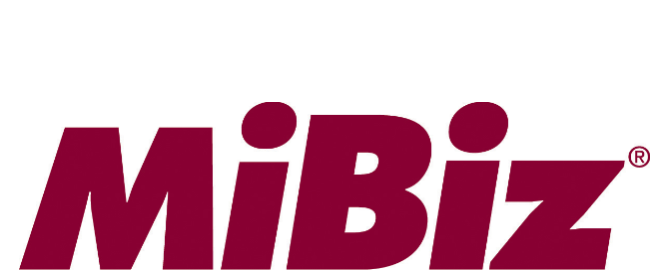If you haven’t heard, property Cost Allocation (aka Cost Segregation) is back with a vengeance!
A cost segregation study is an essential fiduciary component when building, purchasing or renovating a hotel or motel. Hotel owners and operators who do not work with a qualified expert to perform a cost segregation analysis will fail to take advantage of significant tax benefits!
What Benefits?
Cost Segregation is an engineering based tax analysis in which certain non-structural components of a building are broken out and allocated to a shorter life class thus depreciating them at an accelerated rate. This process reduces a taxpayer’s federal and state taxable income.
Examples of personal property for hotels would include: carpeting, most other flooring, decorative lighting, cabinetry, dedicated electrical and plumbing systems, power generators, security systems, wifi/internet cabling, parking lots, curbs, sidewalks, landscaping, fountains and more.
All hotels and motels have substantial areas requiring daily maintenance and frequent updating due to use. For example entries, lobbies and hallways are notorious for having carpeting and flooring commonly replaced every 3 to 4 years. Most depreciation schedules will reflect all assets being depreciated over 39 years because this is the simplest way, however not the method that provides the most befit to the owner or operator nor is it tax compliant.
Cost Segregation fixes this problem because it applies MACRS to those short life assets thus accelerating the depreciation and reducing the owner or operators income tax burden. What is the benefit?
- New purchase or construction will result in increased cash flow in the first 6 years
- Owned for 5 or more years qualifies for all unrealized depreciation carried forward into the current tax year
- Purchased or constructed from January 1, 1987 – all improvements and renovations will qualify based on individual completion dates
In most cases the ROI for hotel and motel owners engaging in cost segregation is very high. Typically they can see a 200% return on investment. The standard fee that a hotel or motel owner can expect to see when engaging a cost segregation firm should be between ten and twenty thousand dollars per building. The fee is dependent on several factors: size of property, quality of construction, location, availability of construction documents, closing statements and more.
In summary, a Cost Segregation Study performed on a hotel or motel can provide significant immediate and long-term tax savings. Even properties purchased years ago can capture benefit. Any hotel or motel whether purchased, constructed or renovated costing in excess of $500,000 should consider this service.







